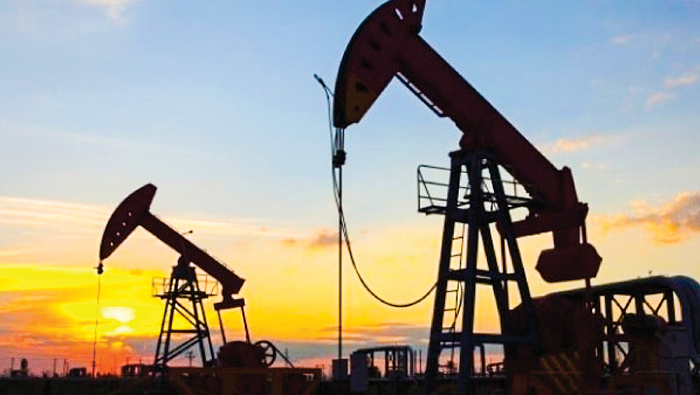
MUSCAT: Oman crude futures touched a two-and-a-half-year high of $63.83 per barrel, giving much-needed relief to the government in reducing its deficit estimate next year.
Market analysts believe that the prices will remain stable in the first quarter of 2018 as well, thanks to Organisation of Petroleum Exporting Countries’ (Opec’s) decision to extend supply cut until the end of 2018. Opec and non-Opec countries decided to extend the cut to the tune of 1.8 million barrels per day on November 30.
Market analysts believe that it is a healthy trend, as the government is now in a comfortable position as far as fiscal management is concerned.
“When oil prices go up, the fiscal deficit of oil-dependent GCC (Gulf Cooperation Council) states comes down. Overall, the liquidity condition will improve, which will also help the operating environment of GCC’s corporate sector,” said Kanaga Sundar, Head of Research at Gulf Baader Capital Markets.
The International Monetary Fund (IMF) recently estimated the deficit to gross domestic product ratio at 11 per cent for 2018. However, with the oil at $63 to $64 per barrel level, it will reduce this ratio.
Sundar noted that the rise in demand for crude oil, driven by a recovery in global economic growth, is expected to create a deficit in crude oil supply in the first quarter of 2018. Echoing a similar view, Kushbu Badlani, Financial Analyst at Al Maha Financial Services, revealed that the average price of WTI Crude stood at $57 per barrel in the first 11 months of 2017, which was well above the assumed price of $45 per barrel for estimating the oil revenue in the 2017 budget.
“If the crude oil price remains at this level, it will be good for Oman’s government. Also, there are output cuts to rebalance the price,” she added. However, she observed that an increase in oil prices would lead to a higher price for petrol and diesel, which would jack up the operating cost of the corporate sector.
However, the recent decision to offer petrol at a lower price to the low-income group will help the people, she added.
Oman produced 294.88 million barrels of crude oil and condensates in the first 10 months of 2017, indicating a fall of 3.7 per cent, compared with the same period last year. The average daily production of crude oil alone fell by 3.4 per cent to 970,000 barrels during the January to October period of 2017, from 1004,100 barrels in the same period last year.
In the international markets, a recovery in oil price was aided by news of an explosion on a Libyan crude pipeline, as well as voluntary Opec-led supply cuts.